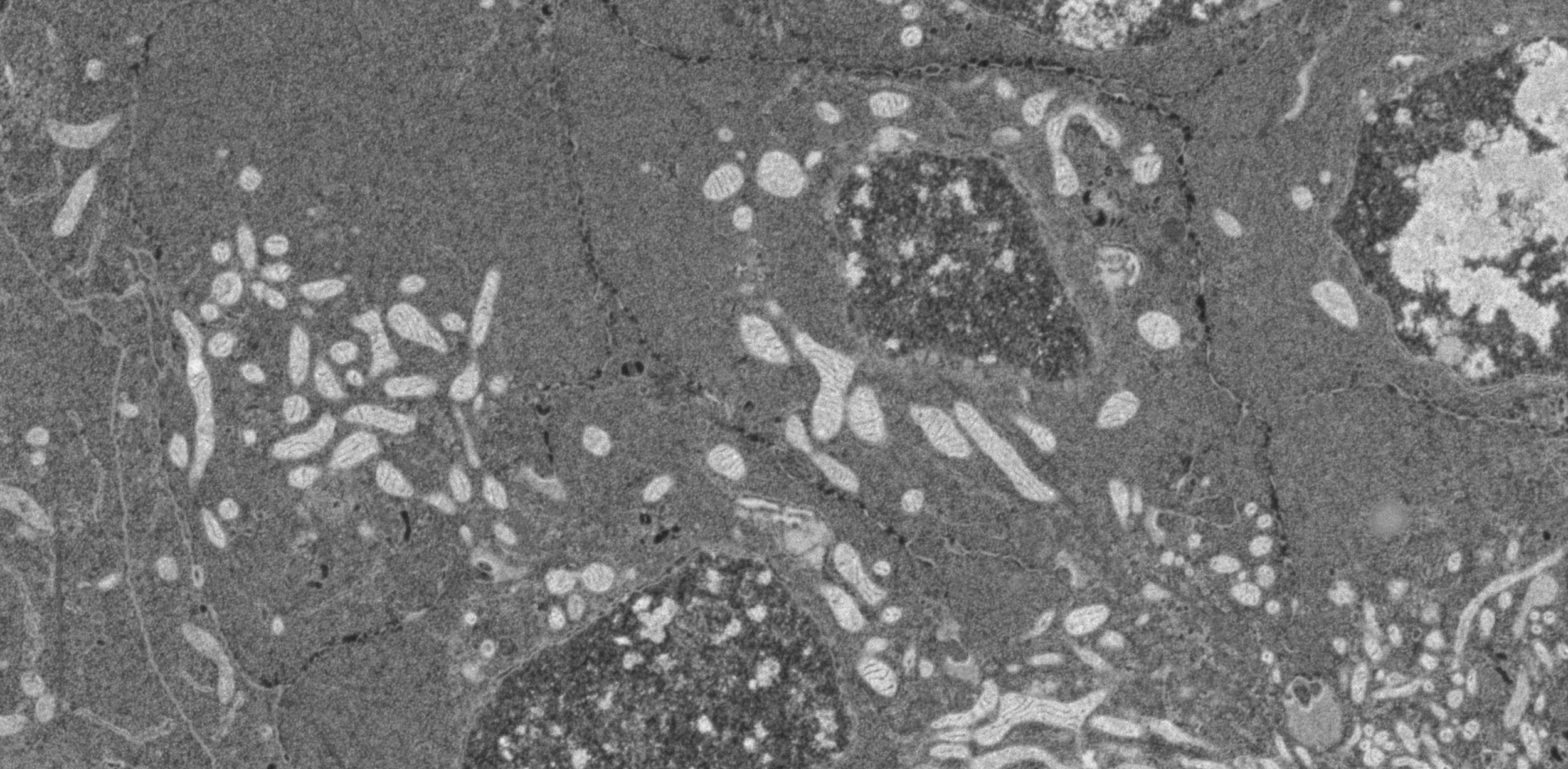
Stop Codon Readthrough
How are stop codons ignored in neuronal tissues?
The central dogma holds that protein translation begins at a start codon and terminates at the first stop codon encountered by a translating ribosome. Ribosome profiling has revealed many exceptions to this rule, including stop codon readthrough, which creates C-terminal polypeptide extensions by translating a second open reading frame (ORF2). Our work revealed tissue-specific regulation of stop codon readthrough, with particularly high levels in the central nervous system (Hudson et al 2020).
Our interest in stop codon readthrough stems from our extensive analysis of the kelch gene and its function during oogenesis. The kelch mRNA encodes a large open reading frame (ORF) punctuated by a single stop codon. In ovaries, translation terminates at the stop to produce a ring canal protein and there is no apparent function for the second ORF. In contrast, we have observed remarkably high efficiency stop codon readthrough in nerves of the central nervous system (CNS) of larvae and adults, producing abundant ORF1+ORF2 protein. Furthermore, kelch and several other genes in Drosophila display efficient stop codon readthrough specifically in the CNS, suggesting the presence of many proteins with carboxy-terminal extensions of unknown function.
We now plan to systematically analyze the scope and scale of stop codon readthrough using ribosome profiling and mass spectrometry of neuronal tissue to survey the extent of neuronal readthrough. To define the mechanism of readthrough, we will use genetic screens to investigate both stimulatory cis-acting sequences flanking stop codons in readthrough genes and trans-acting factors. To understand the function of neuronal stop codon readthrough, we will use gene editing to ablate ORF2 from kelch and several other genes and carefully analyze phenotypes using cell biological and behavioral assays.
Incomplete Cytokinesis
How do germ cells avoid completing cytokinesis?
Proliferating germline cells in animal ovaries and testes characteristically fail to complete abscission, leading to cell clusters that remain connected by intercellular bridges called ring canals. Incomplete cytokinesis also occurs during normal development in somatic tissues and is characteristic of many pathologies, highlighting the importance of understanding how this noncanonical endpoint to mitosis is controlled. Using live imaging of germline mitosis in the Drosophila testis, we discovered a previously unknown intermediate step in ring canal formation involving a midbody-like structure that remodels into a channel between daughter cells.
How are ring canals built and maintained?
Developing animal gametes from insects to humans make persistent intercellular bridges called ring canals that allow proteins and organelles to be shared between cells. Our lab studies ring canal formation and function during egg and sperm development. We are leveraging emerging technologies such as APEX biotinylation affinity purification to identify previously uncharacterized ring canal components (Mannix et al 2019) and continue to elucidate the mechanisms regulating ring canal formation and stability (Hudson et al 2019, Gerdes et al 2020). We now know that the actin cytoskeleton of female ring canals is exquisitely regulated by a ubiquitin ligase that controls the levels of an actin-recruiting protein called HtsRC specifically at ring canals. HtsRC is a recently evolved protein active only in germline cells, providing an example of an innovation that maximizes the reproductive potential of female fruit flies.
